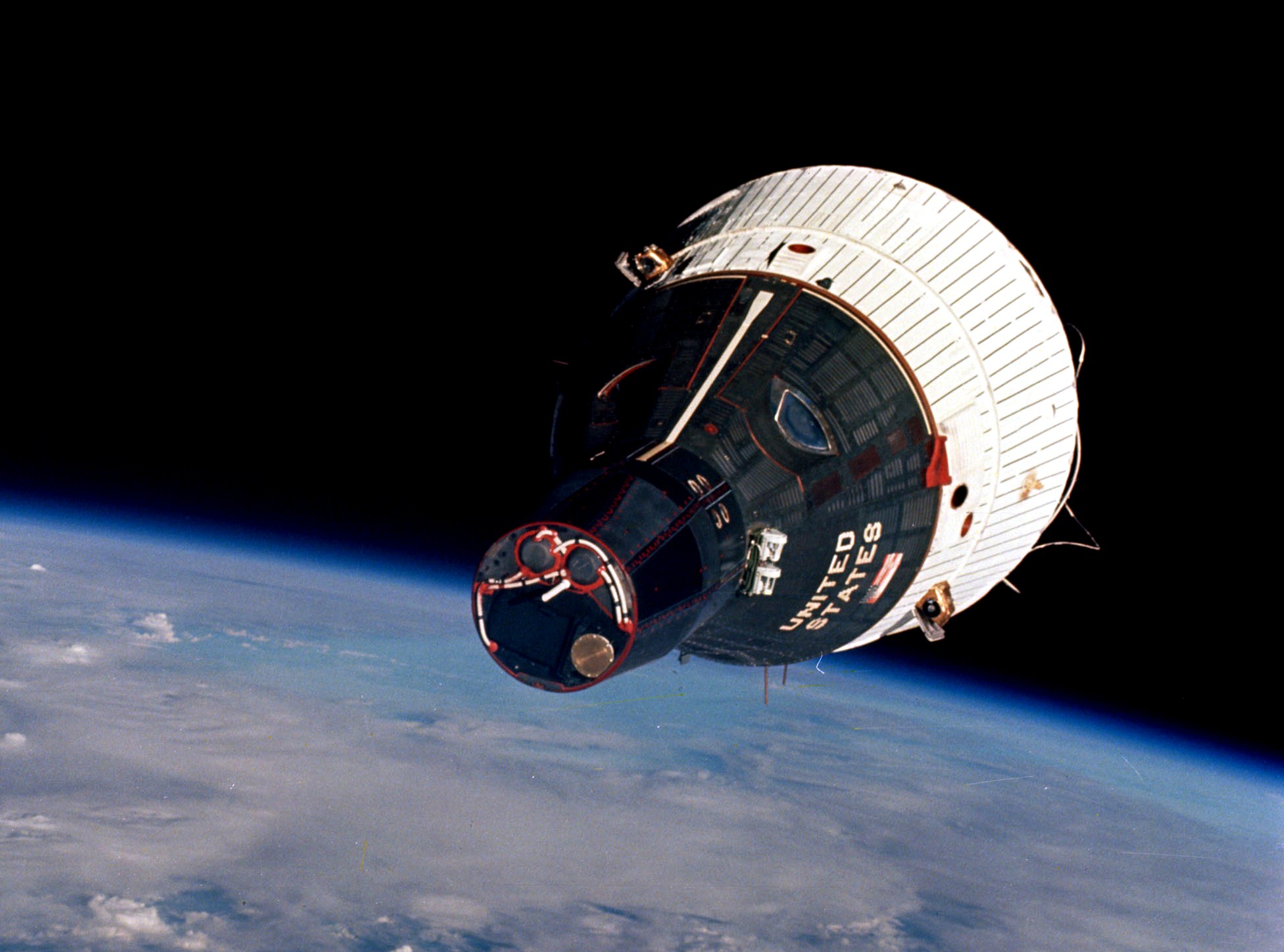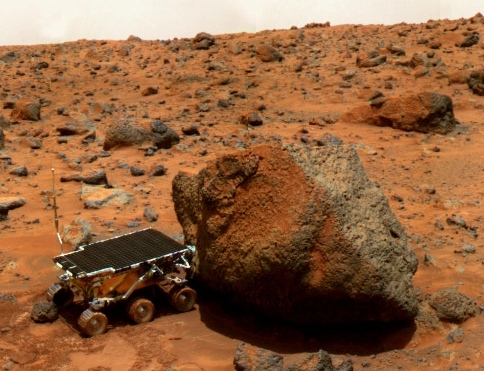Electricity producing batteries are a vital part of daily life on Earth and in space. Power storage devices keep spacecraft operating, cars running, cell phones connected and flashlights lit. The Advanced Research Projects Agency-Energy (ARPA-E) now is funding 22 projects across 15 states with a total of $36 million to develop better, more efficient power sources for electric vehicles (EV).
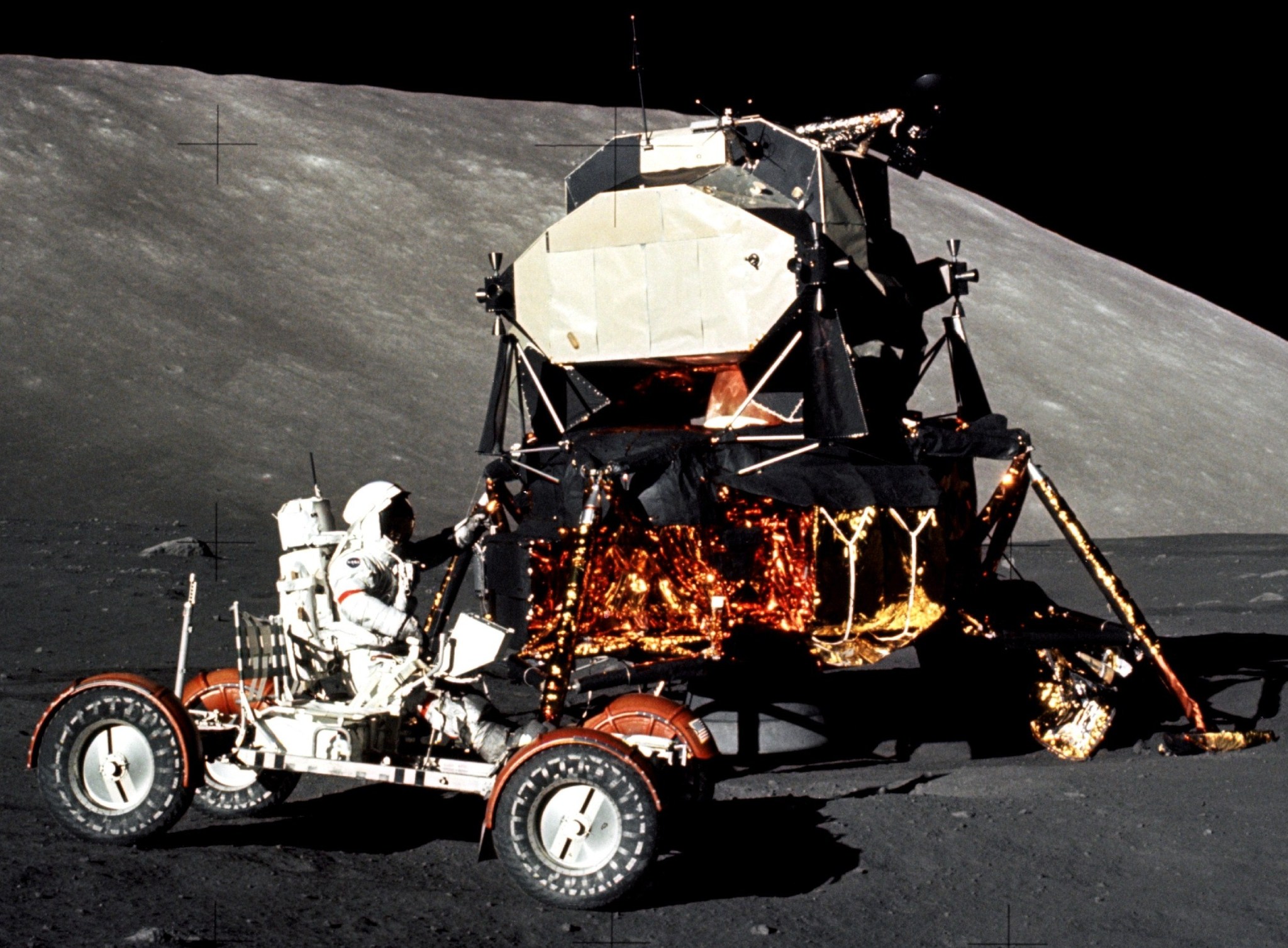
The Robust Affordable Next Generation Energy (RANGE) Storage Systems effort kicked off when NASA and ARPA-E officials along with representatives from other agencies, industry and universities gathered at the Kurt H. Debus Conference Facility at the Kennedy Space Center Visitor Complex on Jan. 28 and 29. The project aims to accelerate widespread EV use by dramatically improving driving range and reliability using innovative chemistries, architectures and designs. The result would provide low-cost, low-carbon emission alternatives for today’s cars and other vehicles.
“The breadth and volume of technology approaches embodied in the RANGE projects demonstrate ARPA-E’s commitment to transformational innovation,” said the organization’s deputy director, Cheryl Martin, in announcing the program on Aug. 21, 2013. “The success of RANGE battery technologies will reshape our thinking on EV storage and help reduce U.S. dependence on foreign energy sources, decrease emissions and help maintain our technological lead in research and development.”
In welcoming those gathered, Karen Thompson, NASA’s chief technologist at Kennedy, pointed out that the space agency has a long history of collaboration in developing technologies to satisfy NASA needs as well as needs of partners, including commercial applications.
“As I present some of the current technology work we are performing, please understand that almost every project I will describe involves not just NASA and not just the Kennedy Space Center,” she said. “We work in cooperation with many partners across other NASA centers, with other government agencies, with industry, and with academia. Some of our partners are international partners.”
Chuck Taylor, a principal investigator within NASA’s Space Technology Mission Directorate’s (STMD) Game Changing Development (GCD) Program, reminded attendees that throughout the agency’s history, battery-powered devices have been crucial to both human and robotic space missions. In discussing STMD’s plan to release an advanced energy storage solicitation in the near future, he invited the ARPA E RANGE participants to propose.
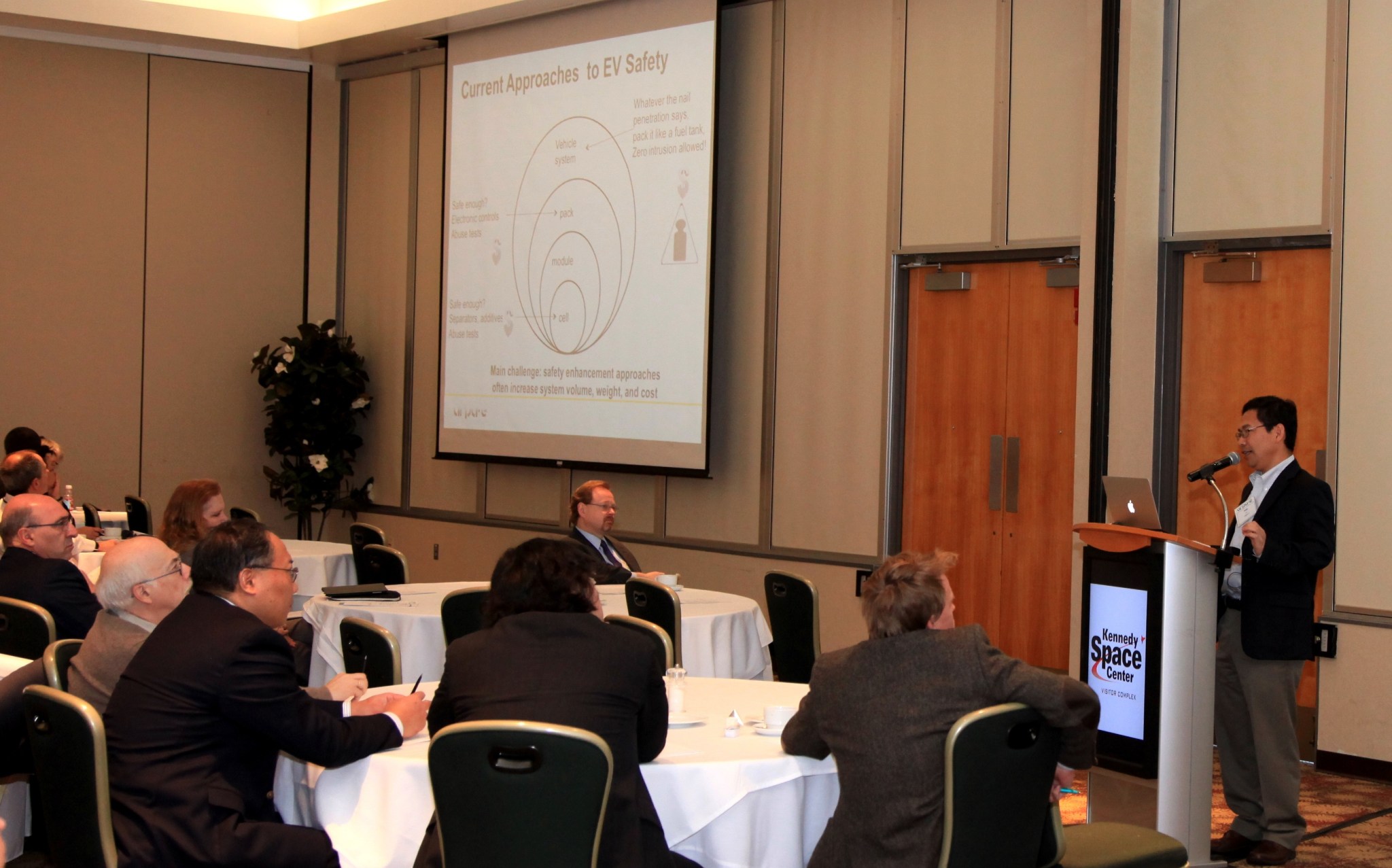
“Our hope is that some of you folks respond with proposals that will transition over to what we’re doing for devices such as astronaut extravehicular activity (spacewalking) suits and for our next generation robotic rovers,” he said.
Similar to ARPA-E, GCD is designed to investigate innovative ideas and approaches that have the potential to revolutionize future space missions and provide solutions to significant national needs.
ARPA-E was authorized in 2007 and first funded in 2009. The agency invests in high-potential, high-impact energy technologies that are too early for private-sector investment. According to Eric Rohlfing, Ph.D., ARPA-E’s deputy director for Technology, his organization is changing what’s possible by thinking big, thinking bold and thinking differently about energy innovation.
“We are trying to bridge from basic science into prototype engineering technology and then bridge that technology, if successful, into some marketable transition,” he said.
As part of the forum, Robert Huggins, Materials Science professor emeritus at Stanford University in California, reviewed the development of batteries and recent research into new technologies for use in electric vehicles. He noted that many are looking for the next big step in the technology’s evolution.
“We are waiting for the next pleasant surprise,” he said.
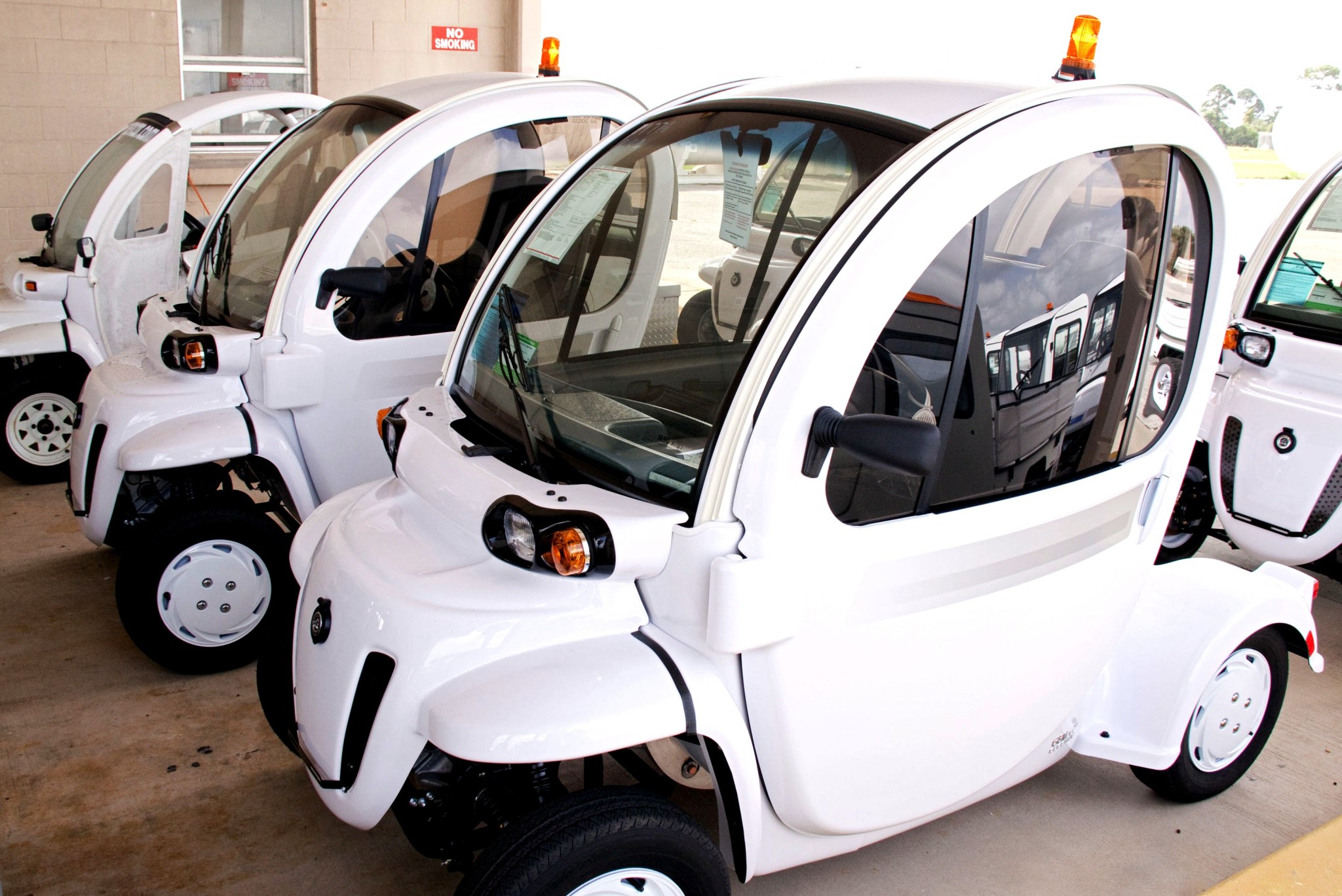
The term “battery” was first used by Benjamin Franklin in 1748 to describe a group of devices linked together for his experiments with electricity. He used the term as an analogy to a battery of cannon in describing multiple Leyden jars that stored static electricity. However, Italian physicist Alessandro Volta is credited with inventing the first true battery in 1800. It was known initially as the voltaic pile which consisted of pairs of copper and zinc discs piled on top of each other, separated by a layer of cloth or cardboard and soaked in a solution of salt in water.
In the ensuing years, batteries have become crucial to many forms of technology from inexpensive batteries for simple electronic devices to large storage cells for complex equipment. Spacecraft have operated on many forms of battery power from America’s first satellite, Explorer 1 in 1958, to all human spacecraft including Mercury, Gemini, Apollo, Skylab, the space shuttle and the International Space Station.
All batteries are limited in life, and over time, even rechargeable batteries will eventually fail. Many of the current power systems available are heavy, bulky, inefficient and cannot function properly in some extreme environments.
NASA is looking for new power technology that will provide systems with significant mass and volume savings, increased efficiency and enable operation at low and high temperatures and extreme radiation environments.
Thomas Miller, a research engineer at NASA’s Glenn Research Center in Ohio, noted that electricity-producing fuel cells became the primary power source during Gemini and continued through the Space Shuttle Program.
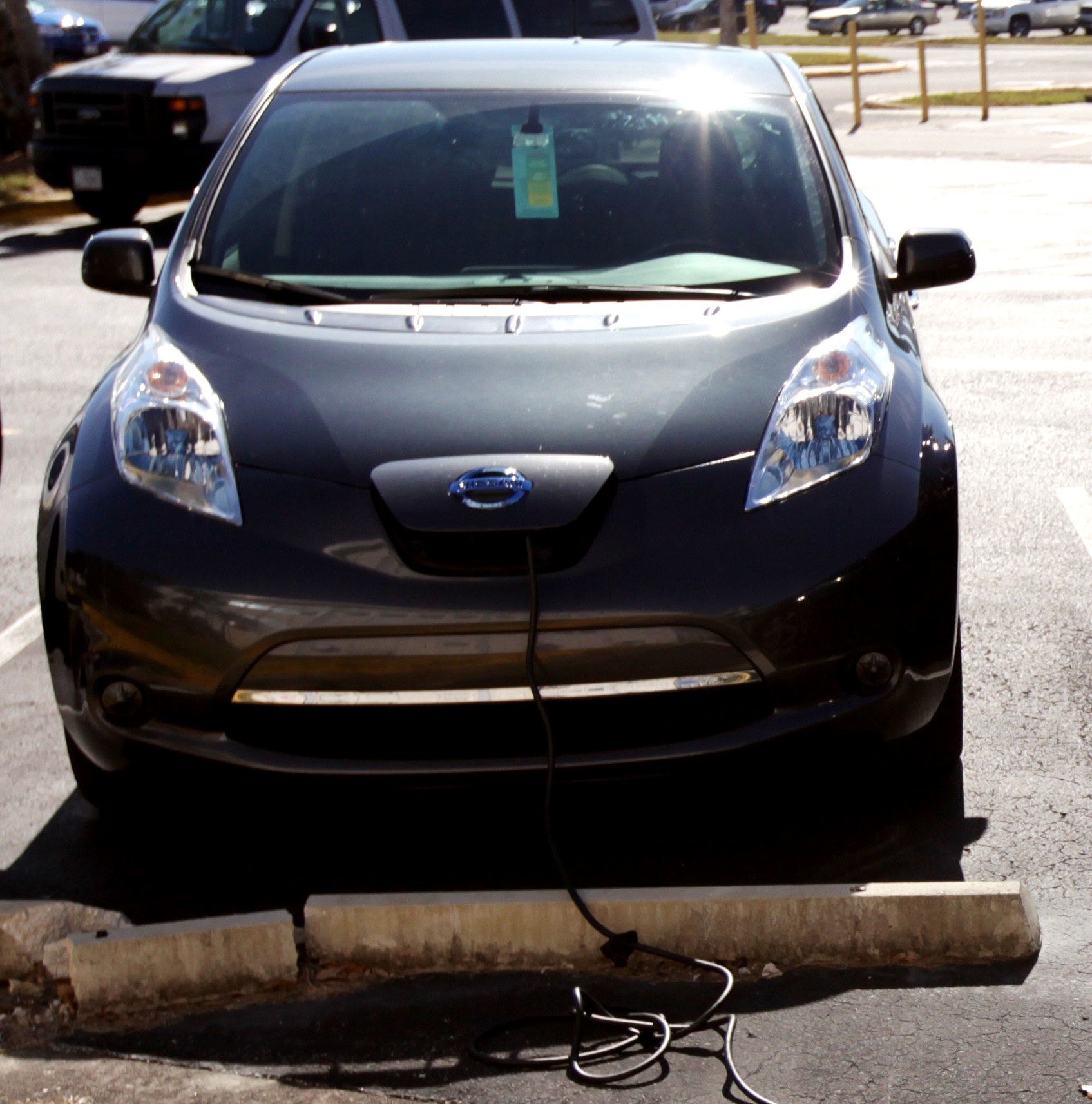
Fuel cells convert chemical energy from a fuel, such as hydrogen, into electricity through a chemical reaction with oxygen. Fuel cells are different from batteries in that they require a constant source of fuel and an oxidizer to sustain the chemical reaction. Fuel cells can, however, produce electricity continually, but are limited by supplies of fuel and oxygen.
Miller also noted that the Apollo Program’s Lunar Roving Vehicle was battery-powered. The jeep-like car allowed the crews on Apollos 15, 16 and 17 to drive more than 22 miles on the moon.
While the space station’s electricity is supplied primarily through large solar arrays, many systems on all of America’s human-rated spacecraft have depended on batteries. Additionally, batteries have served as supplementary power sources on probes such as the Mars Pathfinder rover, Sojourner, which landed on the Red Planet during 1997.
ARPA-E’s RANGE program seeks to improve EV driving range and reduce vehicle costs by re-envisioning the total EV battery system, rather than working to increase the energy density of individual battery cells. Some of the projects selected will focus on developing robust, or strong, battery chemistries and architectures that would improve vehicle driving range and overall battery performance. For example, Solid Power located in Louisville, Colo., will receive approximately $3.5 million to develop a solid-state Lithium-ion battery that requires less protective packaging, which reduces cost and overall vehicle weight to improve driving range.
“All these considerations such as the cost of materials matter to us too,” Taylor said. “Every gram that I try to get from the Earth’s surface up into orbit takes eight to nine grams of propellant. Anything you can do to reduce mass is of importance to NASA.”
RANGE projects also will focus on multifunctional energy storage designs that use these robust storage systems to simultaneously serve other functions in a vehicle, further reducing an energy storage system’s effective and overall EV weight. For one of the projects, the University of California, San Diego, will receive approximately $3.5 million to engineer a low-cost, low-weight battery and to redesign vehicle frames so the battery becomes an integral part of a vehicle’s support structure.
For more on how electric cars are reducing greenhouse emissions at the Kennedy Space Center, go to https://www.nasa.gov/content/greenhouse-gas-reduction-program-thrives/
For more about NASA’s sustainability efforts, go to https://www.nasa.gov/agency/sustainability



























